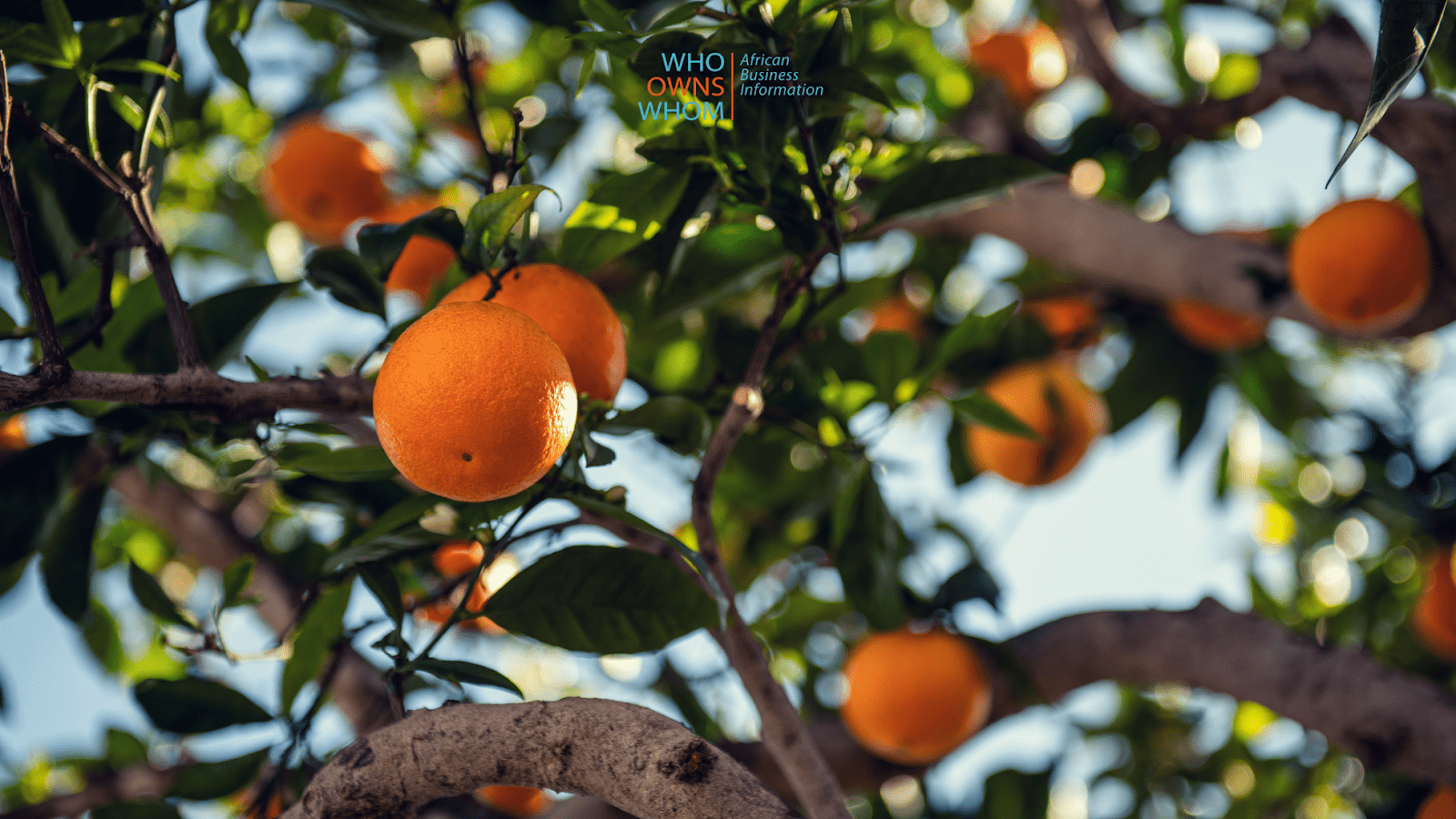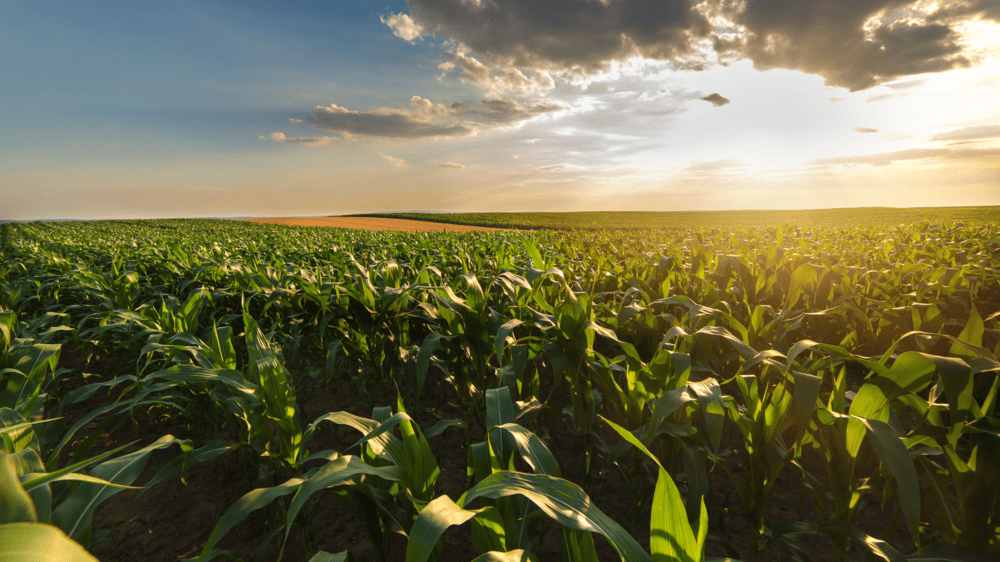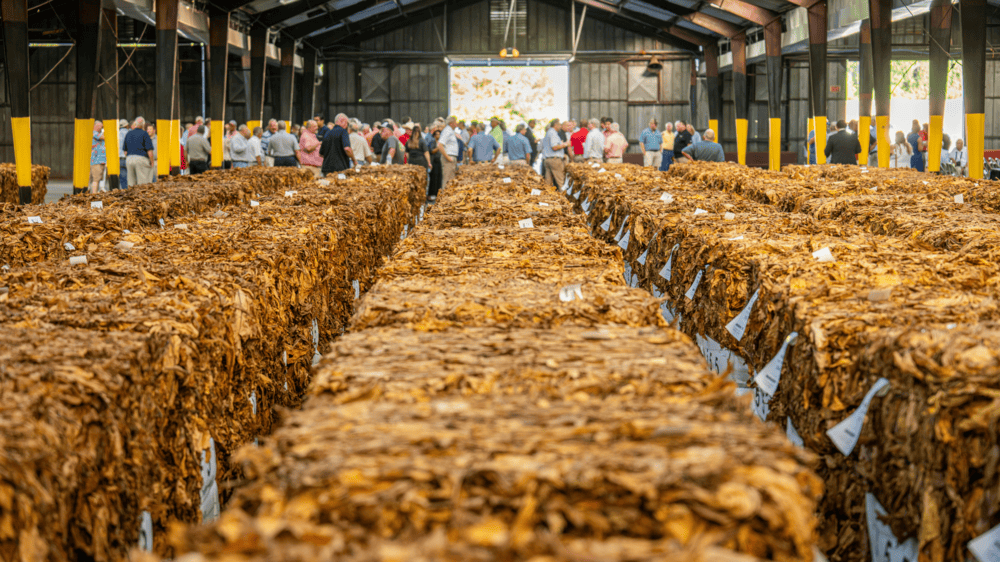South Africa’s Tea & Coffee Market 2025: Price Shocks, Café Boom & Export Wins
Anyone who remembers the competition between Betamax and VHS will know that VHS won the day, not because it had better technology. The same phenomenon is evident in coffee’s market share, as it attracts many more consumers than tea in the tea and coffee industry in South Africa.
The Who Owns Whom report on the tea and coffee industry in South Africa indicates that coffee consumption growth in China, a country known for its wide variety of teas, has been phenomenal, and is driving worldwide demand for coffee. Agribiz economist Wandile Sihlobo noted in January 2025 that Chinese coffee demand, which grew by 150% from 2014 to 2024 according to the U.S. Department of Agriculture (USDA), is likely to keep prices high. Nestlé in January 2025 warned that coffee prices could climb by another 30% to 40% in 2025, which will have a significant impact on coffee prices South Africa 2025.
The size of the coffee and tea industries
South Africa’s retail coffee sales reached R7.7bn in 2023, while total coffee and tea imports climbed 10% to R5bn in 2024. Rooibos remains the export hero at R931.8m, showcasing the continued success of rooibos tea exports. Escalating input costs and a sharp 18% jump in instant coffee shelf prices are squeezing consumers, despite the record 33,000-plus café outlets fuelling a vibrant coffee culture. In the last two decades, South Africa has seen a proliferation of new coffee shops opening, not tea shops. Operating a coffee machine has been elevated to a noble profession of barista, much like the mixologist or bartender making exotic, mostly alcoholic drinks. Despite the continued rise of coffee prices, this industry, which is a key part of hospitality, is poised to keep growing and make a positive contribution in South Africa.
Competitiveness of the coffee and tea industries
With increased competition, the quality of coffee has become a strong selling point, especially within the booming South Africa café culture. Consumers have developed sophisticated tastes for good coffee. This is evidenced in the change from cappuccino back to filter coffee as some coffee shops were serving cappuccinos, with the aim of adding an extra shot at an additional cost. This resulted in consumers reverting to normal filter coffee, the Americano, an American invention with some Italian flair in the name.
Coffees are the most lucrative products in a coffee shop, with the most expensive ingredient in a cup of coffee being the coffee bean. This has resulted in some coffee shops reducing the coffee content by reducing the amount of coffee in the portafilter. Lovers of strong coffee can ask for a double shot for an additional R5. This has created the opportunity for speciality coffee shops like Plato and Bootlegger to make inroads in the coffee shop market with many new coffee shop brands opening.
The Who Owns Whom report points out how the two major types of coffee bean (arabica vs robusta beans) differ in characteristics, with arabica being more aromatic and flavourful and having lower caffeine content, while robusta is from a hardier plant that is more resistant to pests and disease and has a bitter and stronger taste. The industry has found ways to manage and extend the range of flavours by combining different amounts of each bean for different tastes. Marketing messages highlight certain qualities to position a company’s coffees as superior. If a shop sells arabica, it will make sure to advertise its superior flavour, while robusta is marketed for its strong brew due to high caffeine content, which is popular, as is evident in the rise of high caffeine content in popular drinks such as Red Bull.
Potential growth of the tea and coffee industries
The uphill battle for tea companies to find outlets to increase consumption is daunting. The Who Owns Whom report indicates that 70% of ground coffee is consumed outside of home. Coffee shops are a lucrative market that has developed, with modern lifestyles, into a magnet for consumption. The same could be the case for teas if an opportunity to shift taste to speciality teas and increased consumption could be found.
Coffee shops provide employment opportunities and relatively easy access for aspiring entrepreneurs through the strong presence of coffee shop franchise South Africa opportunities. Franchises supported by strong brands usually lower the venture risk perception and enhance access to funding.
Coffee price
A significant recent increase in coffee prices has resulted from the major coffee-producing countries experiencing extreme weather conditions, leading to reduced coffee yields. South Africa imports most of its coffee beans. Reduced coffee yields and currency fluctuations were major contributors to the rising prices. According to the Who Owns Whom report, growth in this market is expected to continue, and there is great potential in lower-income areas where coffee shop presence is relatively low. As the economy and income levels grow, so will new outlets in those areas.
With the Africa Continental Free Trade Area (AfCFTA) introducing tariff cuts and trimming duties on black tea, roasted beans and instant coffee, and the EU granting rooibos protected designation of origin status in 2024, we should see further shifts in the industry as neighbouring countries accounted for 80% of South Africa’s black and green tea exports in value, while over half of rooibos tea exports by value went to Japan and Germany.
Contact us to access WOW's quality research on African industries and business
Contact UsRelated Articles
BlogCountries Agriculture forestry and fishingSouth Africa
Preserving and Processing of Fruit and Vegetables in South Africa
Contents [hide] Agricultural production is an inherently seasonal activity globally and in South Africa. This poses a challenge for the agro-processing and manufacturing industries, which often struggle to maintain consistent...
BlogCountries Agriculture forestry and fishingSouth Africa
The Agribusiness Sector in South Africa
Contents [hide] The South African agribusiness sector is a backbone of the economy, driving growth and providing food security and employment. Who Owns Whom’s report on the agricultural sector in...
BlogCountries Agriculture forestry and fishingMozambique
Tobacco industry in Mozambique – Strategies to revitalise Mozambique’s declining tobacco industry
Contents [hide] The global tobacco market is a double-edged sword. On the one hand, international regulations and health campaigns are intensifying, advocating for healthier lifestyles and discouraging people from using...





